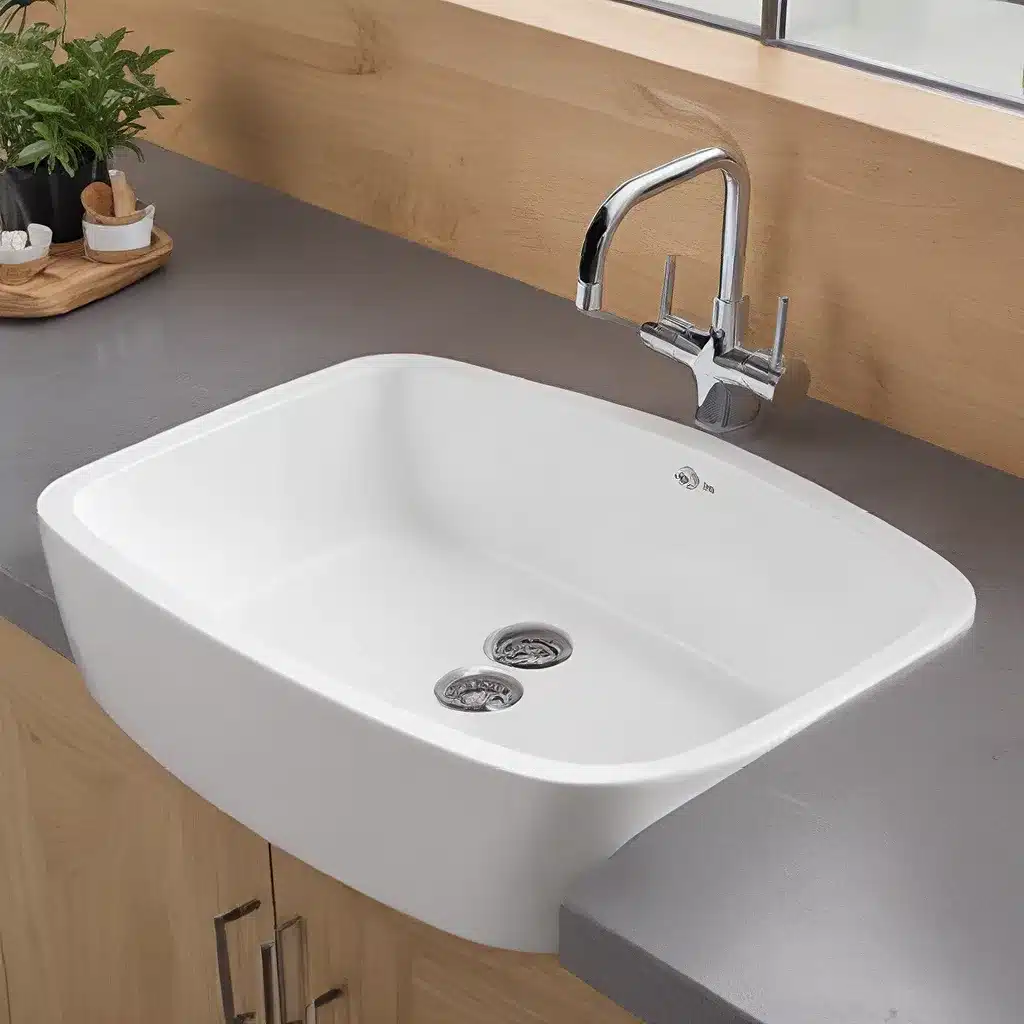
In an era of growing environmental consciousness, the humble washbasin has evolved from a functional necessity to a testament of our commitment to sustainability. As the world grapples with the challenges of water scarcity and resource depletion, the choice of an eco-friendly sink has become a crucial decision for homeowners, interior designers, and contractors alike.
Understanding the Importance of Water Conservation
Water is a finite resource, and its scarcity is becoming a global issue. Conserving water is crucial to ensure its availability for future generations and to protect the delicate ecosystems that rely on healthy water sources. By embracing water-saving practices in our daily routines, such as using efficient shower faucets, we can significantly reduce water waste and contribute to a more sustainable future.
Exploring Eco-Friendly Sink Options
When it comes to selecting an eco-friendly sink, there are several factors to consider, each playing a vital role in reducing water consumption and promoting sustainable living.
Material Selection
The foundation of an eco-friendly bathroom remodel lies in the choice of materials. Opt for sustainable options such as bamboo, recycled wood, or recycled glass for your sink and countertops. These materials not only have impressive durability but also contribute to reducing the demand for new resources, minimizing the environmental impact of your bathroom project.
Additionally, explore the possibility of incorporating reused or repurposed materials into your design. This not only adds character to your space but also reduces the need for new material production, aligning with the principles of a circular economy.
Water-Efficient Fixtures
One of the most significant contributors to a bathroom’s environmental impact is water consumption. A key aspect of an eco-friendly sink remodel centers around the installation of water-efficient fixtures and appliances.
Low-flow bathroom faucets and showerheads are designed to minimize water usage without sacrificing comfort or performance. These fixtures employ various technologies, such as flow restrictors and advanced nozzle designs, to create the illusion of high-pressure water flow while using significantly less water.
Additionally, consider dual-flush toilets or bidets, which use substantially less water per flush compared to traditional toilets. Incorporating these water-saving fixtures can lead to substantial reductions in your household’s overall water consumption, contributing to lower utility bills and a more sustainable lifestyle.
Energy-Efficient Considerations
An eco-conscious bathroom remodel extends beyond materials and water conservation to address energy efficiency. Lighting and ventilation play critical roles in both comfort and resource management.
Energy-efficient LED bulbs not only last longer but also consume significantly less electricity than traditional incandescent bulbs. Integrating motion sensors or timers can ensure that lights are only in use when needed, minimizing unnecessary energy consumption.
Proper ventilation is crucial for maintaining air quality and preventing mold growth. Energy-efficient exhaust fans that automatically adjust their speed based on humidity levels can reduce energy use when ventilation demands are lower. Strategically placed skylights or windows can also provide natural light, reducing the need for artificial lighting during daylight hours.
Low-Impact Finishes and Paints
The choice of paints and finishes can significantly influence indoor air quality. Opt for eco-friendly and low-chemical paints to minimize the impact on air quality and promote a healthier living space. Explore alternatives to conventional wall coverings, such as reclaimed wood paneling or bamboo, to add both texture and sustainability to your bathroom design.
When selecting finishes for your sink and fixtures, look for options with eco-friendly coatings that are free from harmful substances, ensuring a safe and responsible bathroom environment.
Installation and Maintenance Considerations
Proper installation and maintenance of your eco-friendly sink are crucial to ensuring its long-term performance and sustainability.
Installation Guidance
When installing your water-efficient sink, pay close attention to the manufacturer’s instructions to ensure proper functionality and water flow. Consider engaging a certified plumber or contractor with experience in eco-friendly bathroom installations to ensure the project is executed with the utmost care and attention to detail.
Maintenance Best Practices
Proper maintenance is essential for preserving the efficiency and longevity of your eco-friendly sink. Regularly clean and inspect the faucet, aerator, and other components to prevent the buildup of mineral deposits or debris that can impede water flow.
When necessary, replace worn or damaged parts promptly to maintain the sink’s water-saving capabilities. Consult the manufacturer’s recommendations for specific cleaning and maintenance guidelines to ensure your eco-friendly sink continues to perform at its best.
The Benefits of Choosing an Eco-Friendly Sink
Investing in an eco-friendly sink offers a multitude of benefits that extend beyond the confines of your bathroom.
Environmental Impact Reduction
By reducing water consumption and energy usage, an eco-friendly sink contributes to a smaller carbon footprint and helps conserve precious natural resources. This aligns with a growing global movement towards sustainable living and a more harmonious relationship between human activities and the environment.
Cost Savings
The water and energy savings achieved through the use of water-efficient fixtures and energy-efficient lighting can translate into lower utility bills for your household. Over time, these savings can offset the initial investment in your eco-friendly sink, making it a financially prudent choice.
Improved Health and Wellbeing
Eco-friendly materials and finishes used in the construction of your washbasin can positively impact indoor air quality, creating a healthier living environment for you and your family. This is especially important in the bathroom, where ventilation and moisture control play a crucial role in preventing the growth of mold and mildew.
Embracing the Future of Sustainable Bathrooms
As we strive to address the pressing environmental challenges of our time, the choice of an eco-friendly sink becomes a powerful statement of our commitment to sustainability. By incorporating water-saving technologies, energy-efficient features, and responsibly sourced materials, we can transform our bathrooms into sanctuaries of environmental consciousness, setting an example for a more sustainable future.
Explore the wide range of eco-friendly sink options available at Washbasin Factory and take the first step towards a more sustainable, water-conscious, and energy-efficient bathroom design.

